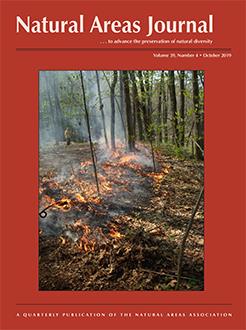The oases of the Baja California peninsula have served as biological refugia for unique and relict biological groups since the late Pleistocene. In this paper, we identified and analyzed the floristics associations in aquatic and riparian vegetation. We also investigated impacts of human activity and geographic factors on the oasis vegetation. A total of 248 species, including relic (e.g., Thelypteris puberula, Epipactis gigantea) and 56 nonnative species, were identified. Some exotic plants such as Cryptostegia grandiflora, Arundo donax, and Pennisetum ciliare were invasive. Species richness of the oasis plants exhibited a stronger correlation with oasis size (or area) but less with latitude, longitude, and elevation. Human activities, including introductions of exotic species, appeared as a threat to the oasis vegetation. Presence of the rare and relict species warrants a high-priority protection of these unique and vanishing mesic ecosystems from human threats.
How to translate text using browser tools
22 November 2019
Human Activity and Geographical Factors Influence Vegetation and Plant Richness in Vanishing Oases of Baja California Peninsula
José Juan Pérez Navarro,
Ricardo Rodríguez-Estrella,
Antalia González-Abraham
ACCESS THE FULL ARTICLE

Natural Areas Journal
Vol. 39 • No. 4
September 2019
Vol. 39 • No. 4
September 2019
biological refugia
continental mesic islands
human threats
oasis vegetation
vulnerability




